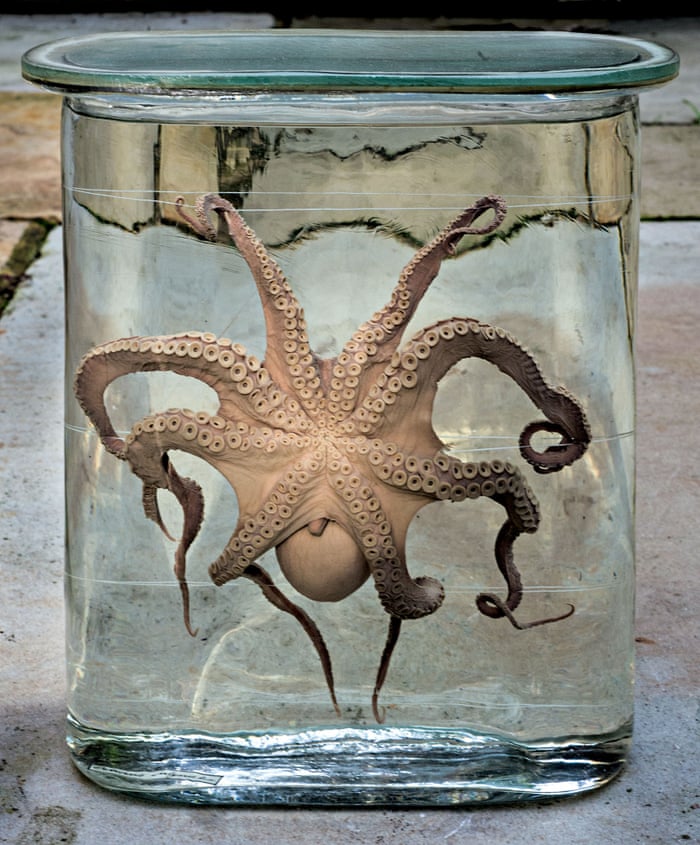There is a huge selection of links in this issue, because basically this is month’s worth rather than the usual 2-or-so weeks. So let’s get going with the tough stuff first, as usual …
For those who aren’t scientists, here’s a rough guide on how scientists grade evidence to decide the robustness of their discoveries. [PDF]
This animated GIF shows, diagrammatically, the gestation of a human baby from conception to birth.

Allegedly
old people smell different — not necessarily bad, just different. And yes, this does seem to be a thing because scientists have worked out the probably chemical cause.
Janet Vaughan, who changed our relationship with blood was “a very naughty little girl” at least according to the misogynist opinion of the day. [Long read]
From humans, now, to animals …
Tardigrades are so tough it defies belief. [Long read]
Here’s a menagerie of medically useful, but
venomous creatures. I can count use of one of these drugs. Can anyone beat that?
Mice. They’re much more common than we think, but here are seven things you didn’t know about Britain’s most common native rodent, the
wood mouse.
And while on things we didn’t know, let’s bust a few of the myths about one of our most common crows, the
magpie.
Meanwhile other avian predators are interrupting our mobile phone signals.
Peregrine falcons are nesting on mobile phone masts, thus preventing maintenance
etc. as it is illegal to disturb them. Peregrines 1, Vodafone 0.
Bridging towards history now … a major new study has found that
people from specific regions of Britain have tell-tale genetic signatures which show the history of the country. And it isn’t everything you might think!
Here’s the story of London’s dreaded
Millbank Penitentiary, which once stood on the site of Tate Britain. [Long read]
And another piece of lost London, the
Pneumatic Railway: the world’s second oldest underground. [Long read]
Apparently the name of
London, our capital, changed a few weeks ago — and no-one knew.
So to history of our lost colony of America, whose revolution was allegedly fuelled by
rum.
Of course talk of the Americas reminds us of the Puritans who founded many of the colonies there.
Puritans with bizarre names like
What-God-Will Berry and
Praise-God Barebone (who gave his name to the Cromwellian “Barebones Parliament”).
Do you ever feel that everything is awful, you’re not OK and you want to give up? If you’re depressive the answer is probably “Yes”. Well here are some
questions you should ask before giving up.
Which leads naturally to comfort food … Veronique Greenwood looks at the science behind
the perfect chip.
Remaining with food for a moment, here are six things you likely didn’t know about
chopsticks.
Our penultimate item is, as seems traditional, on sex. Here are seven reasons why scientists suggest
you should have sex daily.
And finally one for the engineers amongst you … this humongous
28.5-litre Fiat S76 has been rebuilt and the engine starts for the first time in 100 years. And here it is
actually running. Just see the smoke and the flames!





 So what can marine animals actually hear? Seals are among the first to have their ears tested. They have developed different hearing mechanisms for land and sea and hear well in both environments. For example, seals have erectile tissue in their inner ear, which swells up with blood when they are underwater. “It’s like the penis of a man,” says Ron Kastelein at the Sea Mammal Research Company in Harderwijk, the Netherlands, who did the hearing tests. The blood in the engorged tissue helps conduct sound waves to the inner ear, allowing seals to hear a slightly greater range of frequencies in water than on land.
So what can marine animals actually hear? Seals are among the first to have their ears tested. They have developed different hearing mechanisms for land and sea and hear well in both environments. For example, seals have erectile tissue in their inner ear, which swells up with blood when they are underwater. “It’s like the penis of a man,” says Ron Kastelein at the Sea Mammal Research Company in Harderwijk, the Netherlands, who did the hearing tests. The blood in the engorged tissue helps conduct sound waves to the inner ear, allowing seals to hear a slightly greater range of frequencies in water than on land.